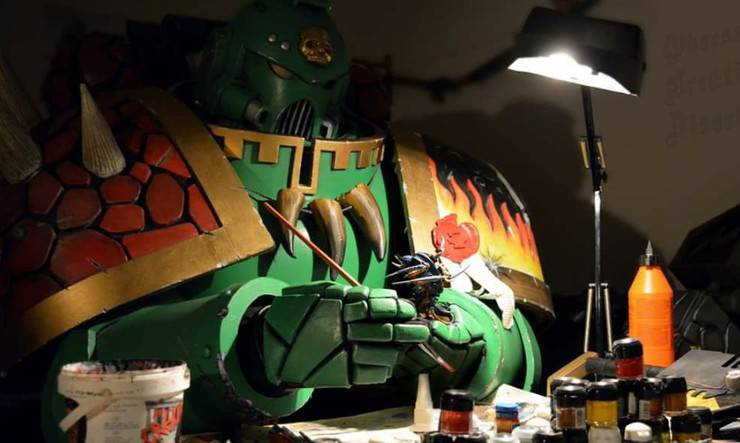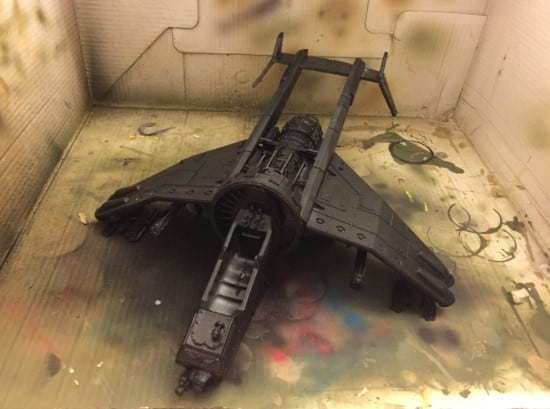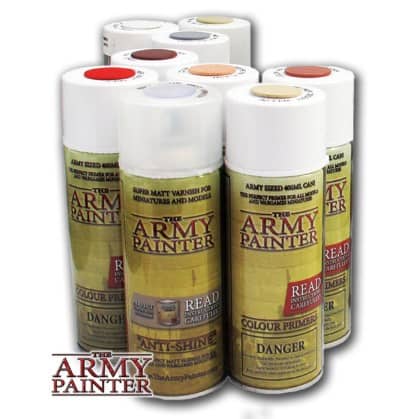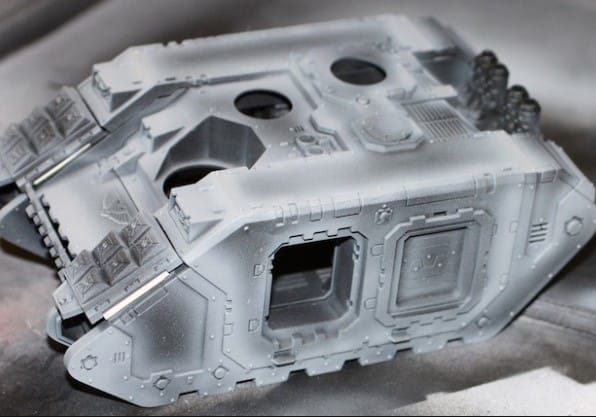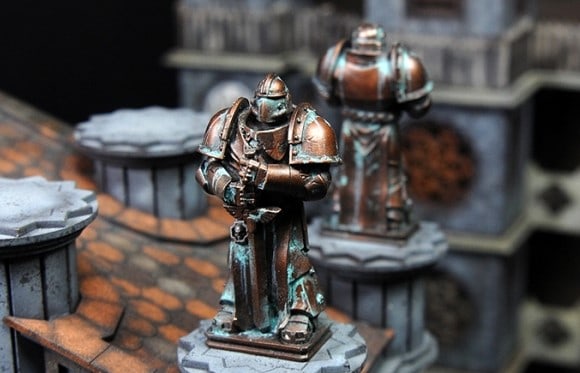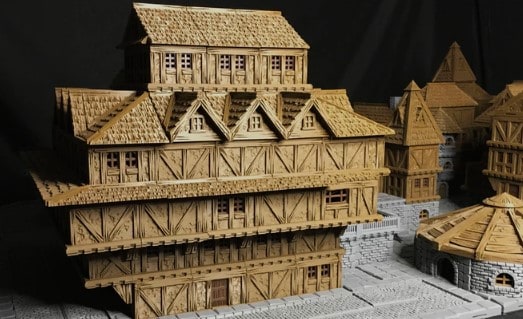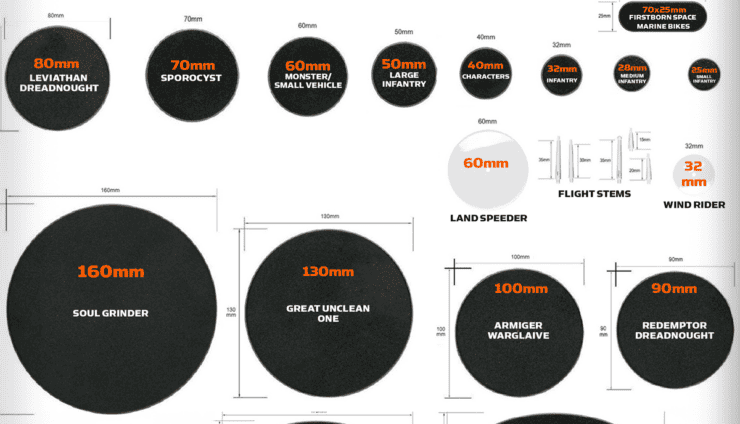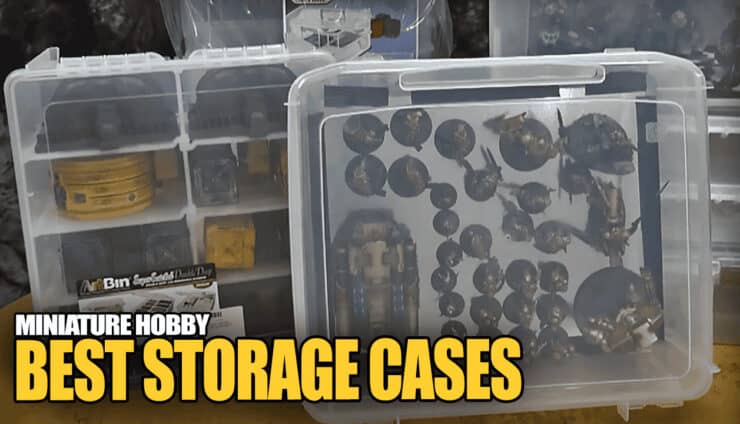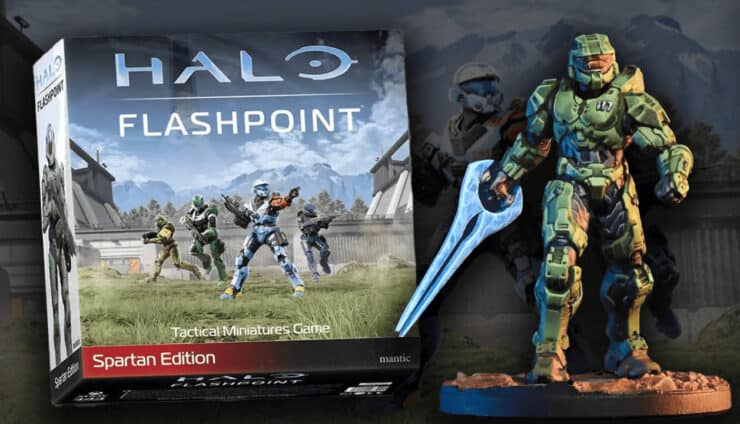Believe it or not, there are actually few tricks and other things to consider when you prime your miniatures. Read this before you start to paint!
Priming is one of the steps in the hobby people tend to not talk about too much. However, it’s important for new hobbyists to hear this before they run into problems when they prime their models. Let’s go over everything.
Tip #1 How Much is Enough?
Priming is widely accepted as the first step of painting the model. It’s the basecoat that will have a role in how bright or dark your model looks and also gives your other paints something to hold onto. Don’t whip out your paintbrush and start painting on the bare plastic.
When you prime, you want to keep the spray can back and do controlled bursts. Don’t lay down on the button and be sure you keep the spray can back a bit. Notice how the ship is primed, but you can still see all of the ridges and small details? You want to keep those around. If you put the Primer on too heavy, it’ll start to mask the details and it will be very noticeable.
You can actually prime your models with an Airbrush. But that’s only recommended if you’re taking your time on something like a small character. If you’re going to be doing some serious legwork, we recommend using a rattle can and avoid the wear and tear on your airbrush.
Tip #2 What Color Should you Prime In?
There’s a primer color out there for just about everything. Make sure you think about the color you’ll be painting your model before you prime. Priming in the right color could save you so much work.
If you’re going to be painting a model with white/gray armor plating, for example, don’t prime it in black. You will have to put layer upon layer upon layer of white to even begin to mask the black undercoat. (You’d want to prime either white or grey here).
If you’re going to be putting some work in on some Blood Angels, grab some red primer (from someone like Army Painter) and start off with a red undercoat. You’ll be painting a lot of red so a solid undercoat wouldn’t be a bad idea. The cool thing about choosing Army Painter is that cleaning up the base coat is a lot easier with their color match system that has the same primer color in a battle for brushing on later as well!
Tip #3 When Should you Prime?
Prime at a comfortable temperature. That might sound obvious, but if you try to Prime in a mid-Summer day and it’s hot enough, the Primer paint will actually dry in mid-air and create this bumpy-bubbly effect on your models. It can completely ruin it if you aren’t careful.
Here’s what you can do to reverse the problem.
Hopefully, this has helped you to avoid some of the issues most new hobbyists run into when they start to paint their models for the first time. What color primer do you usually use? Do you have a certain technique you’ve developed?
Let us know in the comments of our Facebook Hobby Group.
